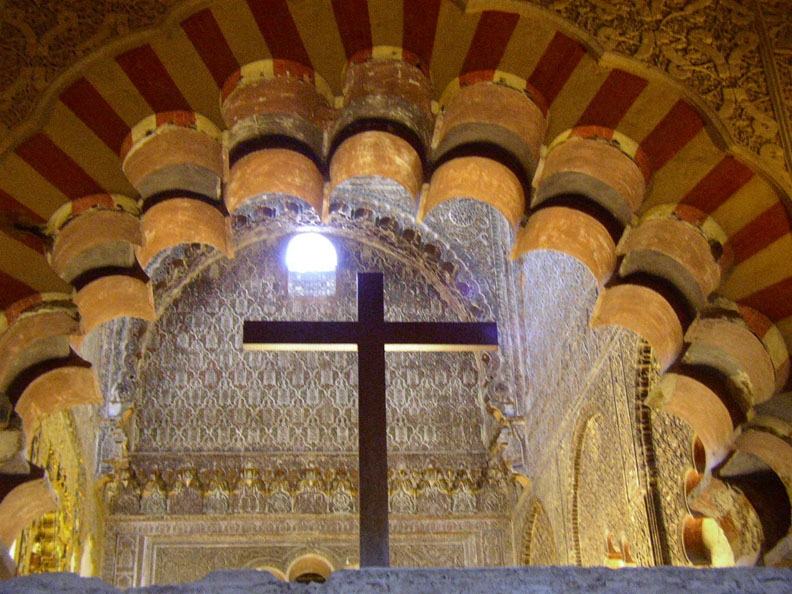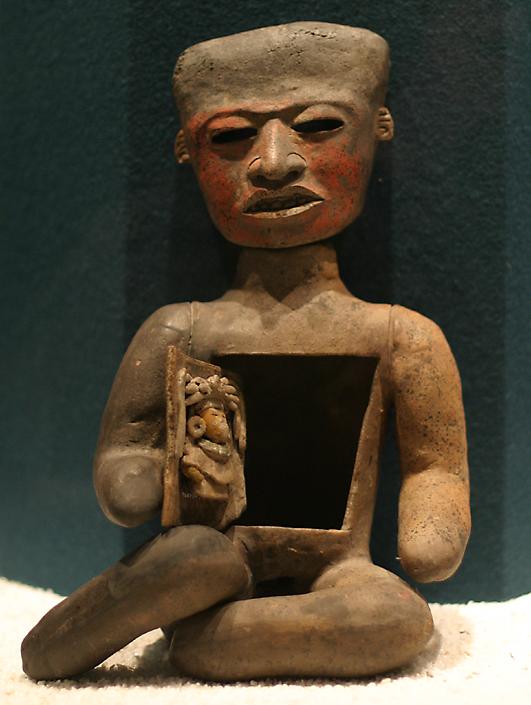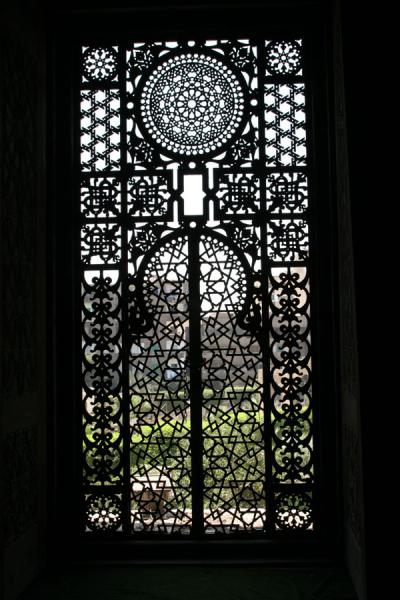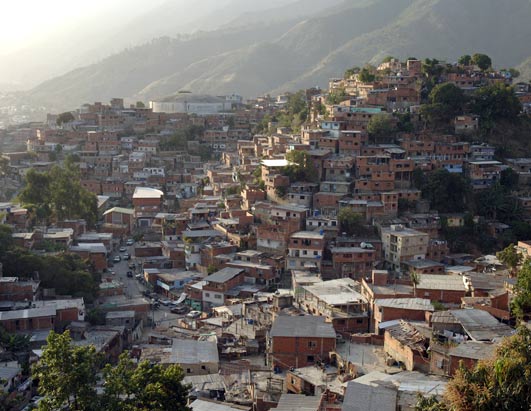This semester Jen Hintz plans to apply her interest in Islamic geometric patterning in different clay surfaces. Mimicking the visual instances of but doing away with the geometrical aspect, Jen looks at this obsessive and meticulous style as a way to “play” and disconnect herself from what surrounds her. The process, as she explains, she finds to be somehow therapeutic, while obsessive in a way. Jen finds both the finished product and the process involved to be important in her pieces.
Two years ago I experienced what it was to be inside a hundred years old Mosque in Granada, Spain. I must say I was completely astonished by the intricateness and meticulousness in the patterning that is seen everywhere, from wall to wall, from floor to ceiling, and doors to windows. It is an immense task to finish one of these amazing monuments, and the dedication from every single person involved is immeasurable. As I walked through the grounds of the Alhambra (that is the name of the Mosque/Castle I visited in Granada, Spain) many thoughts came through my mind, and these I think could help out, or give more ideas to my classmate Jen Hintz.
Muslims once used to be great rulers over west African and Iberian territories, and for hundreds of years they occupied many countries. With them they took their knowledge, art, and religion (like any culture would) but they did not impose any of it on anyone. Their beliefs were simply laid out before everyone’s eyes and, as in the case of Spain, their occupancy was very peaceful and understandable of other cultures, incorporating and respecting them. Years passed and the Moors were “kicked out” of many territories, and those that stayed were violently forced to follow Christian beliefs. Nowadays Muslims still face many problems as they are strongly judged, and most of the time erroneously. As I walked through halls of the Alhambra I noticed how much it is forgotten that this culture brought to Europe much mathematical and astronomical knowledge, much of which instigated the birth of the Renaissance. I know Jen does not wish to incorporate the complicated mathematical aspect in her work, but I would recommend her to possibly consider the disregard of Islamic contributions into modern society, maybe in the display of her pieces
The physical remains of the struggle in Spain can be experienced everywhere, as in their music, flamenco. The output of the overlay of cultures and religious beliefs between the two groups (christians and muslims) is truly beautiful. One can enter a cathedral and see how it was built literally on top of an older mosque, and how some walls of the mosque were conserved in the latter and are part of the overall structure. That could be another idea Jen can consider, the strong visible contrast between two very different styles and cultures.


Two examples of mosques turned cathedrals or churches in their later years.
Here is a song dedicated to the Alhambra ("Recuerdos de la Alhambra"). It happens to also be my favorite classical guitar song, and I believe it could help Jen when making her pieces.
http://www.youtube.com/watch?v=AIzKsNIRrV4
And here the wiki article about the Alhambra:
http://en.wikipedia.org/wiki/Alhambra



















































